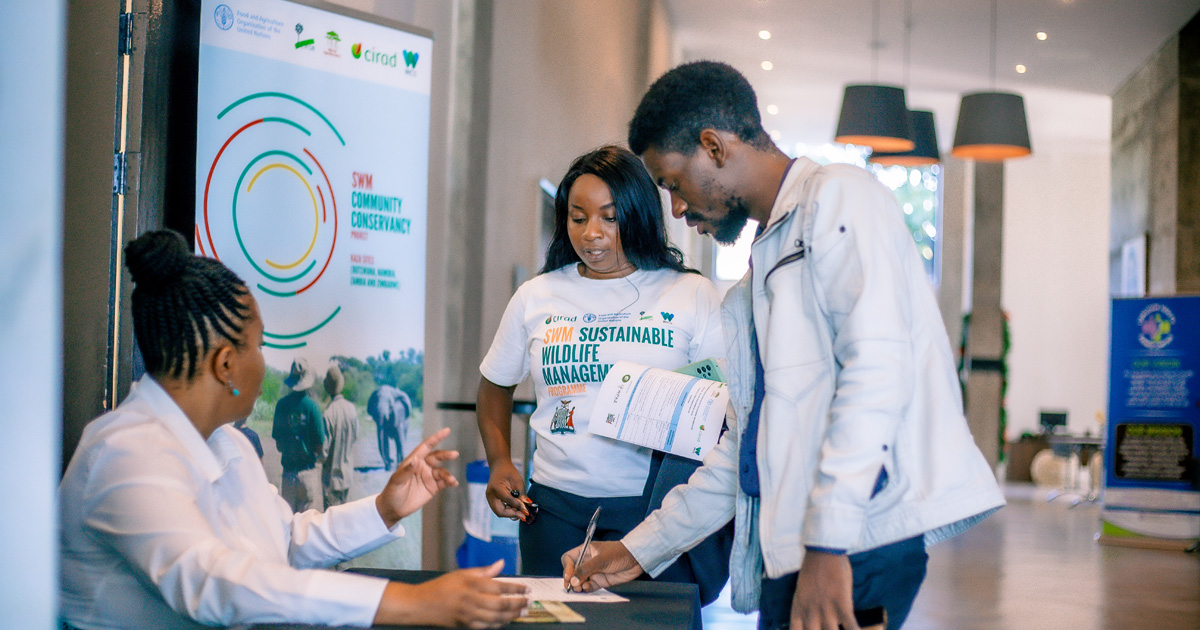Anthropogenic soils of the Amazon Basin (Terra Preta, Terra Mulata) reveal that pre-Colombian peoples made lasting improvements in the agricultural potential of nutrient-poor soils. Some have argued that applying similar techniques could improve agriculture over much of the humid tropics, enhancing local livelihoods and food security, while also sequestering large quantities of carbon to mitigate climate change. Here, we present preliminary evidence for Anthropogenic Dark Earths (ADEs) in tropical Asia. Our surveys in East Kalimantan (Indonesian Borneo) identified several sites where soils possess an anthropogenic development and context similar in several respects to the Amazon's ADEs. Similarities include riverside locations, presence of useful fruit trees, spatial extent as well as soil characteristics such as dark color, high carbon content (in some cases), high phosphorus levels, and improved apparent fertility in comparison to neighboring soils. Local people value these soils for cultivation but are unaware of their origins. We discuss these soils in the context of local history and land-use and identify numerous unknowns. Incomplete biomass burning appears key to these modified soils. More study is required to clarify soil transformations in Borneo and to determine under what circumstances such soil improvements might remain ongoing.
Download:
DOI:
https://doi.org/10.3390/f3020207
Altmetric score:
Dimensions Citation Count:

























